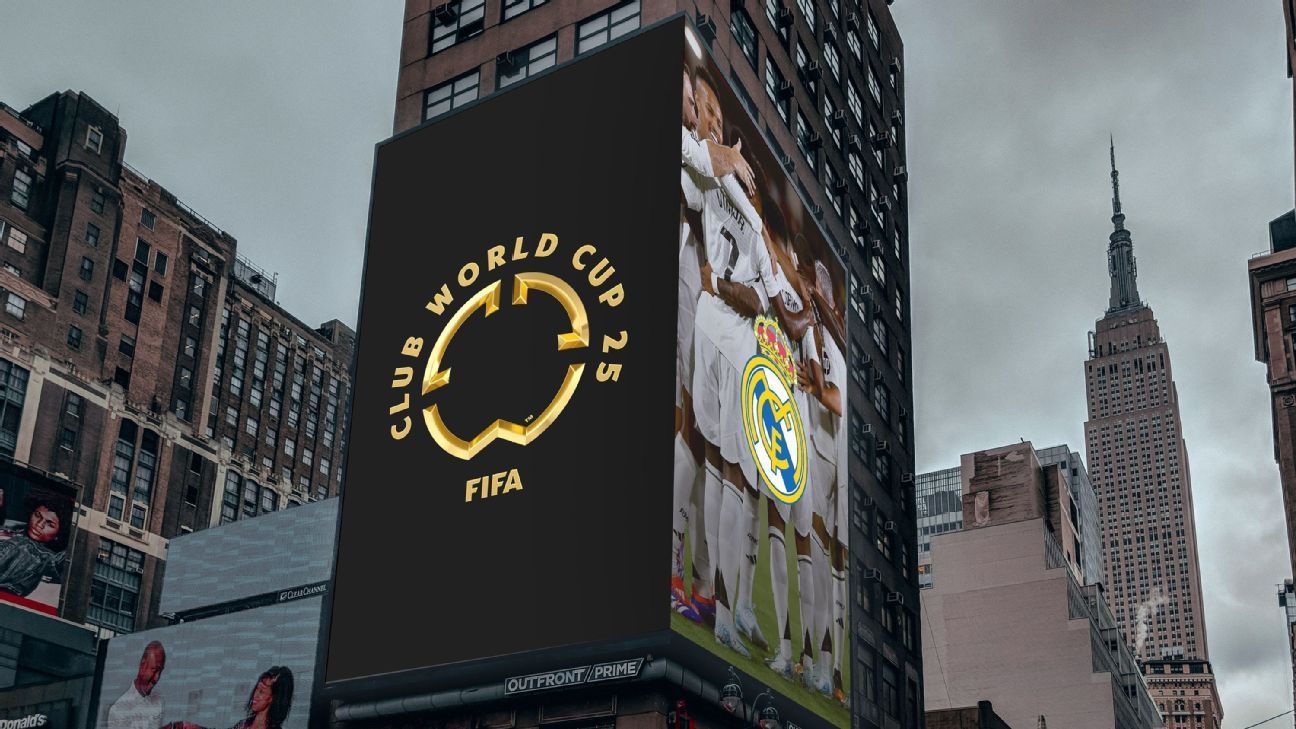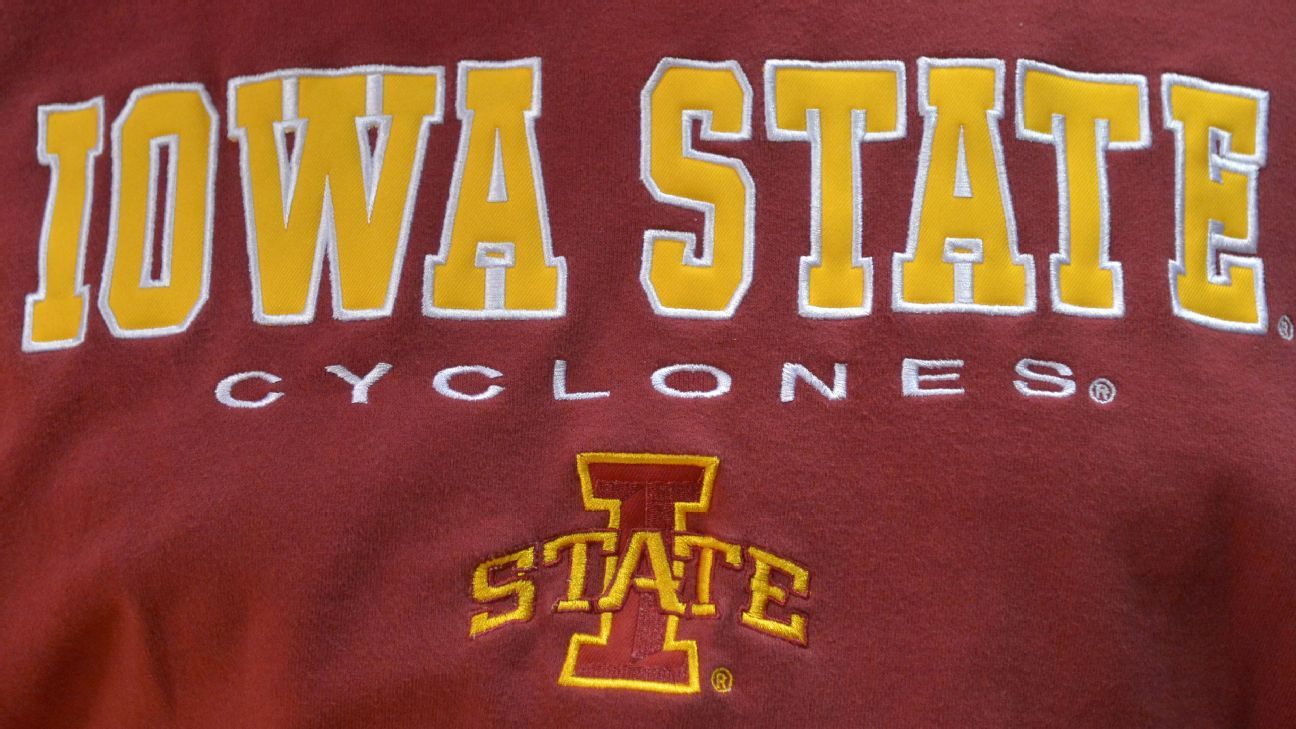You may have missed it, but more details about the 2025 FIFA Club World Cup were revealed last week. The inaugural tournament, which will see 32 teams from around the world compete over four weeks in the United States, now has an official emblem.
That's right, FIFA released the competition's logo and sound signature on September 4. As for details on where exactly the matches will be played, FIFA has yet to reveal that information. So, with just nine months until the FIFA Club World Cup kicks off on June 15, the participating teams and their fans have no idea whether they'll be traveling to New York City, Chicago, Philadelphia, Seattle or Los Angeles. Or somewhere else.
But the competition is on, and that is why global players' union FIFPRO and the European Leagues (representing 39 leagues in 33 countries) have been locked in a legal dispute with FIFA since July over what they claim is an “abuse of dominance” by the game's world governing body. FIFA has responded by accusing the leagues of “hypocrisy”.
High-profile managers and players including Pep Guardiola, Carlo Ancelotti, Erling Haaland, Kevin De Bruyne and Robert Lewandowski have all expressed concerns about the demands the Club World Cup places on players, with burnout (physical and mental) a fear within the game.
But what is the reality of the FIFA Club World Cup and why is it proving so controversial?
What is the FIFA Club World Cup?
The competition is the brainchild of FIFA president Gianni Infantino, who first promoted the idea of a 32-team Club World Cup in 2016.
Between 1960 and 2004, the champions of Europe and South America met in the Intercontinental Cup until that competition was developed into the FIFA Club World Cup, a seven-team tournament featuring the champions of the six FIFA continental confederations and a team from the host country, held from 2005 onwards.
FIFA had planned to launch the expanded version of the tournament, initially with 24 teams, in 2021 in China, but the COVID-19 pandemic forced it to be cancelled. In June 2023, FIFA confirmed it would launch a 32-team Club World Cup in the US in 2025, scheduling the tournament over a four-week period from June 15 to July 13.
“Thirty-two of the best clubs from every corner of the world will compete in the United States in June and July 2025,” Infantino said. “They are the heart of the tournament and we can't wait. Thirty-two of the best clubs in the world will face each other on the world stage and only one will be crowned world champion.”
Which teams will compete?
Twelve European teams, including Real Madrid and Manchester City, will represent UEFA, and six South American clubs will take CONMEBOL spots. Asia (AFC), Africa (CAF) and North and Central America (CONCACAF) will each have four clubs, while Oceania (OFC) will have one spot and one final position for the United States as host nation.
In most cases, the spots are filled by the continental champions of recent years, but UEFA and CONMEBOL also provide teams based on a four-year ranking, so Austrian club FC Salzburg occupies one of the 12 European spots.
Qualification is based on recent performances, not club size, so Manchester United, Liverpool and Barcelona failed to make the cut. In Europe, only two teams from each domestic league can participate, unless the same league has provided the last three Champions League winners.
Why is there so much opposition to competition?
Club owners have been notoriously silent on the FIFA Club World Cup, but officials, players and unions, including FIFPRO and the Professional Footballers' Association (PFA) in England, have expressed concerns about the increasing workload.
Manchester City face 75 competitive matches this season if they reach the Club World Cup final and their campaign will not end until July 13. With the 2025-26 Premier League season set to begin on August 10, to allow for a period of rest between the end of the campaign and the start of the next FIFA World Cup on June 11, 2026, Pep Guardiola and his players would have just one month between the end of one season and the start of another.
All players are entitled to at least three weeks' holiday, so the quagmire facing competing clubs, particularly European sides, is clear. Sources have told ESPN that the Premier League is concerned about the Club World Cup being forced into the summer window, a slot usually occupied by international football.
Is there any support for the Club World Cup?
FIFA sources say the tournament will ensure greater exposure and financial resources to clubs and leagues outside the hugely powerful European market.
It is accepted that the first tournament may highlight a gap in the level of some teams (New Zealand's Auckland City could play Real Madrid, for example), but FIFA sees the Club World Cup as a tournament that will soon become one that generates global interest just like the international World Cup.
And while players and coaches have voiced concerns, the financial benefits of the competition will appeal to club owners. Some sources have said prize money for the top teams could exceed $100 million each. Real Madrid, who went on to win the UEFA Champions League last season, pocketed $131 million, so the money at stake for a month's work at the Club World Cup will be huge.
What do we know about the 2025 Club World Cup?
It is rather a question of what we don't know. The lack of clarity reinforces the view within the football world that FIFA's plans for the Club World Cup have not been fully stress-tested.
We know the dates of the competition and which teams will participate, with the exception of the winners of the Copa Libertadores and the 2024 MLS Cup. And of course, we already have the competition's emblem and even the official song: “Freed from Desire” by Gala. But we don't know when the tournament draw will take place or which cities will host the matches.
Typically, at FIFA tournaments of this magnitude, everything related to the matches (venues, dates, kick-off times) is finalised and announced years in advance, but the competing clubs are still waiting to be told where they will play and where they will be based.
Sources have said the original plan was for the Club World Cup to be held in cities on the U.S. East Coast due to reasons including a more convenient time zone for European broadcasters, less travel for European teams and also because the 2025 CONCACAF Gold Cup will be held on the West Coast from June 14 to July 6.
The East Coast remains the most likely outcome, but the qualification of the Seattle Sounders, one of the most supported teams in MLS, could see the Pacific Northwest considered for some matches.
Also at stake is the question of who will broadcast the Club World Cup. In mid-July, FIFA announced it had opened a tender for broadcast rights after it was reported that talks with Apple had stalled because the tech giant’s $1 billion offer was well below FIFA’s asking price of $4 billion.
Is there a chance it won't take place next summer?
Many fans would like to see the Club World Cup cancelled, but that is not going to happen. Almost all of the participating teams have already been announced and the prospect of all of them having to pay a significant sum of money if FIFA cancels the Cup is real.
Sources told ESPN that last week's announcement of the tournament's emblem, while low-key, marked the start of preparation for bigger news about the tournament. Sources told ESPN that host cities and the date of the tournament draw will be announced before the end of 2024.
Legal action by FIFPRO and the European Leagues is ongoing and PFA CEO Maheta Molango told ESPN in August that the players' union “could not at all” rule out the possibility of strike action if their burnout fears were not addressed.
So there are potential hurdles facing FIFA and its plans to launch a 32-team Club World Cup, but the ball is rolling towards the tournament and it would be a momentous event if the competition does not go ahead.












